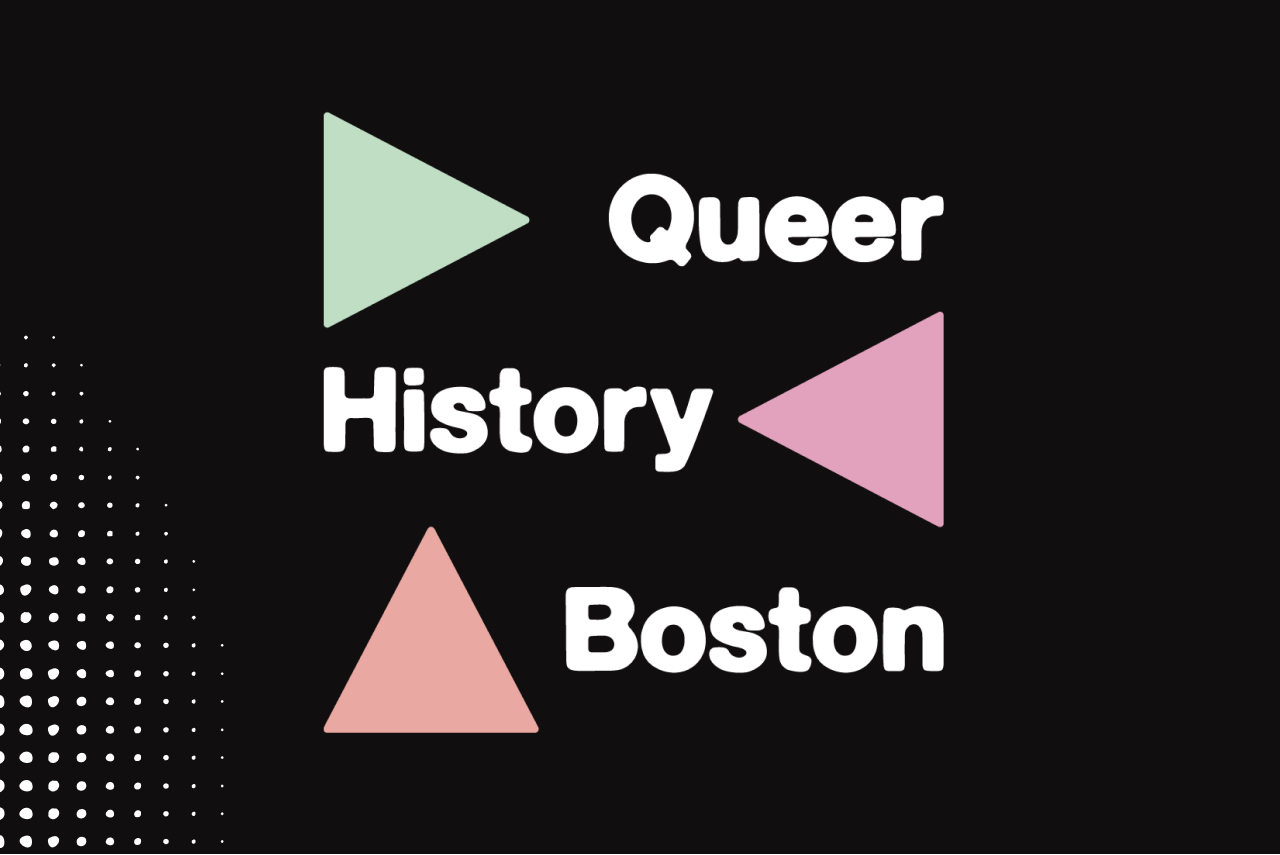Typography-Driven Podcast Artwork for High-Profile Cooking Show
The Recipe Podcast Artwork

A vibrant, timeless design inspired by classic Americana cookbooks and the warmth of home kitchens.
The challenge was to create podcast artwork that reflects the approachable yet expert tone of The Recipe
Role
Podcast Artwork DesignerStudio
Joelle RiffleCollaborators
Deliverables
Square tile artwork for podcast platforms, Apple Podcasts artwork, Full-page show artClient
The Recipe is a podcast hosted by culinary icons J. Kenji López-Alt and Deb Perelman, blending storytelling, science, and approachable home cooking.


